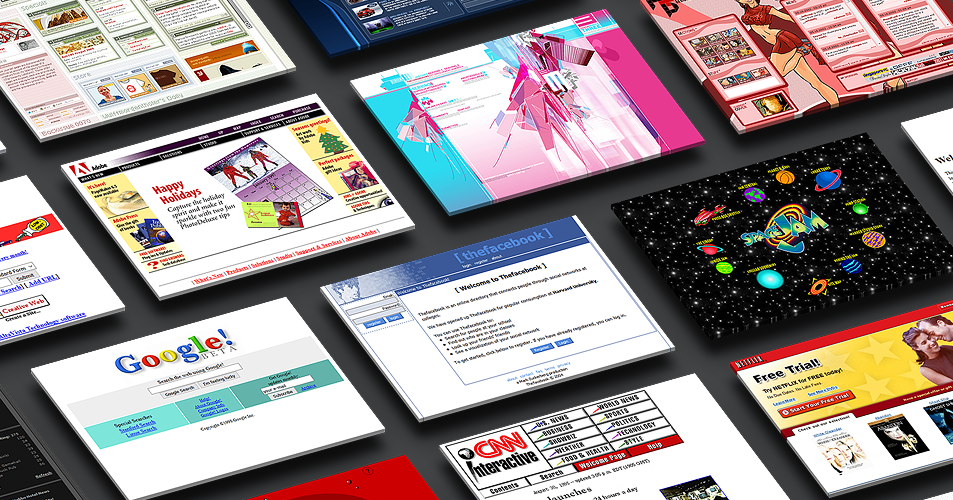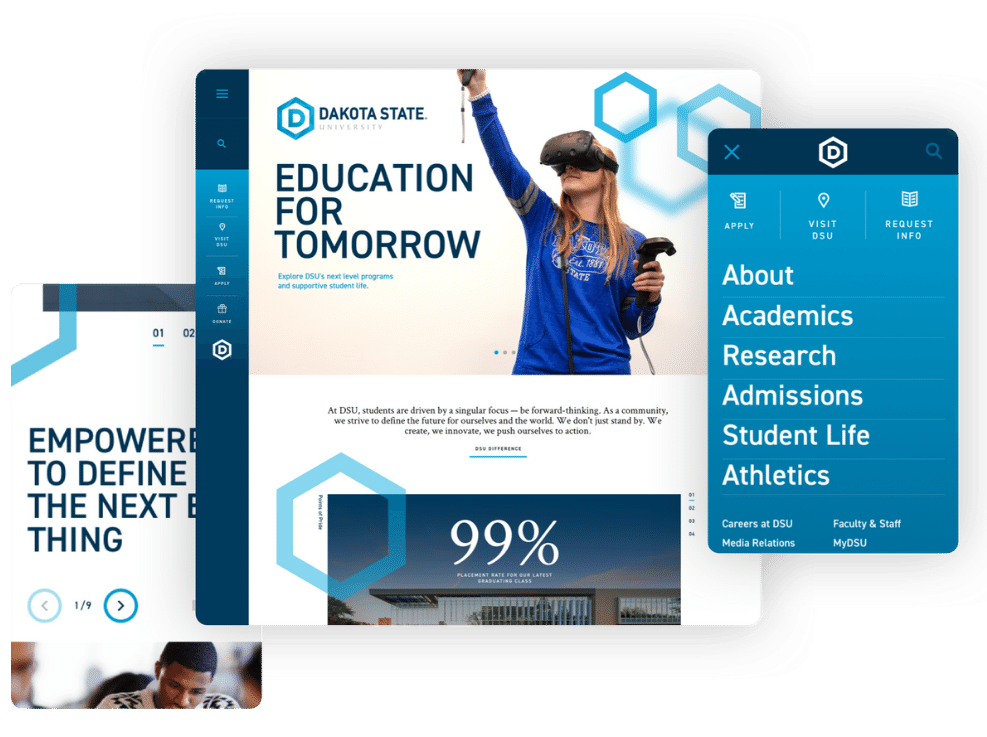Exactly How to Enhance Customer Experience Via Strategic Internet Style
In the realm of electronic development, user experience (UX) has actually ended up being the linchpin of effective web layout. A critical, user-centered technique, emphasizing aesthetic consistency, instinctive designs, and responsive layout, can considerably enhance an internet site's functionality and appeal. As we check out these principles carefully, the significance of incorporating user responses and the role of UX in customer retention will likewise be examined, welcoming a deeper understanding of this important aspect of web layout.
Comprehending the Relevance of Individual Experience in Internet Design
The essence of internet design lies not just in appearances, but basically in the user experience it offers. Individual experience, or UX, describes the overall experience a person has while connecting with a website or web application, specifically in terms of how comfy and pleasing it is to use (Web Design In Guildford). It is a vital facet of website design, as it straight affects the customers' impressions, actions, and general communication with the site
A properly designed internet site with a poor user experience belongs to an attractive building with a badly prepared interior; it may look appealing on the surface area, yet it falls short to offer its intended purpose effectively. It may discourage individuals from staying on the web site, bring about high bounce prices, reduced customer involvement, and inevitably, failing to attain the internet site's objectives. This highlights the importance of incorporating customer experience right into the internet layout procedure right from the beginning.
Applying User-Centered Design Principles
The application of user-centered design principles begins with recognizing customer habits. This understanding develops the basis for producing an effective interface layout. These 2 crucial elements, when skillfully combined, lead to an enhanced customer experience on any kind of site.

Comprehending User Actions
Why do customers act the way they do on sites? Individual actions is determined by a wide range of aspects, chief among them being their details requirements and preferences, prior on the internet experiences, and total web savviness. Using this understanding, internet developers can develop extra reliable, user-friendly sites that fulfill the needs of their audience, thus boosting user experience.
Effective User Interface Design

Leveraging Responsive Design for Ideal Viewing
Progressing in the discourse, the attention currently changes to the significance of leveraging responsive style for ideal watching. This involves discovering the process of implementing responsive web design and recognizing its effect on user experience. The ensuing conversation aims to illuminate the advantages of optimum viewing and how receptive design promotes it.
Implementing Receptive Internet Style
Using the power of responsive internet layout is an essential step towards boosting user experience. These elements incorporated create a responsive web style that adjusts to the user's demands. While the procedure might seem complicated, the result is a much more available and intuitive internet site, considerably enhancing the customer experience.
Advantages of Optimal Viewing

In addition, responsive layout can result in improved SEO rankings, as internet search engine favor sites that satisfy multiple gadgets. It can minimize bounce prices and boost conversion rates as customers are less likely to abandon sites that are easy to browse. Hence, optimum viewing can significantly enhance individual experience, making it an essential facet of tactical website design.
Including Easy Navigating and Intuitive Layouts
Relieve and intuition in web site navigation create view website the bedrock of individual complete satisfaction. If individuals battle to find what they are looking for, they are likely to abandon the internet site and seek options.
Simple navigating menus, breadcrumb routes, and clickable switches assist customers via the web site easily. Consistency in design aspects throughout web pages likewise adds to intuitive navigating. For example, positioning the search bar or the purchasing cart symbol in the very same area on every web page permits users to locate these features rapidly.
Additionally, an intuitive layout is one that anticipates customer requirements. It places components and info where individuals expect them to be. This decreases the cognitive lots on individuals, enhancing their overall more info here experience on the website.
The Function of Visual Design in Individual Experience
While the framework and layout of a website are significant for individual experience, the aesthetic style plays a just as crucial function. A inconsistent or chaotic aesthetic layout can confuse individuals and lead to an adverse individual experience. Internet designers must purposefully make use of visual layout elements to develop a harmonious and instinctive customer interface that improves the total individual experience.
Case Studies: Successful Customer Experience Style in Activity
Regardless of the academic understanding on user experience layout, it obtains actual worth when used in sensible situations. Two notable study illustrate this. Airbnb, a worldwide on the internet industry, successfully enhanced their individual experience by upgrading their site. By concentrating on individual feedback, they established an extra instinctive, easy to use user interface that significantly enhanced booking experiences. This caused enhanced customer contentment and conversion prices.
In another instance, the New York Times upgraded their web site to prioritize user experience. They enhanced their website for mobile usage, comprehending that an expanding number of their visitors access news using smartphones - Web Design In Guildford. They additionally structured their content presentation, making it much easier for visitors to navigate and find appropriate posts. The results were a substantial increase in mobile traffic and customer engagement, showing the effectiveness of strategic website design in improving customer experience. These case researches reveal that sensible application of individual experience design can produce substantial advantages.
Verdict
Finally, critical website design is a crucial tool in improving individual experience. By using user-centric layout principles, leveraging responsive design, incorporating instinctive navigating and formats, and harnessing the power of visual design, services can develop web sites that are satisfying and involving for customers. Reliable website design, showcased with different successful study, considerably Recommended Reading raises individual engagement and retention rates, showing its important duty in digital success.
As we explore these concepts in information, the relevance of integrating user responses and the function of UX in customer retention will also be analyzed, welcoming a much deeper understanding of this critical aspect of web style.
It may deter individuals from staying on the site, leading to high bounce rates, low user engagement, and inevitably, failure to attain the site's goals. A messy or irregular aesthetic layout can puzzle users and lead to an unfavorable user experience. Web developers should tactically use visual layout elements to produce a unified and intuitive individual interface that improves the overall user experience. The results were a considerable rise in mobile traffic and customer interaction, demonstrating the effectiveness of critical internet design in boosting user experience.